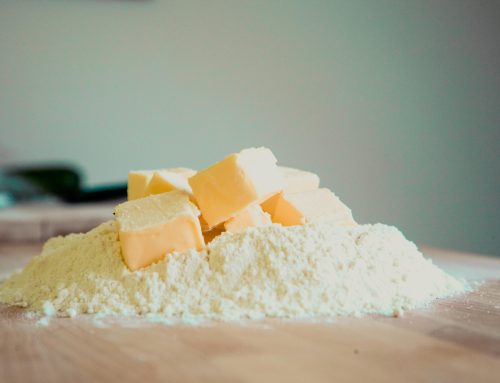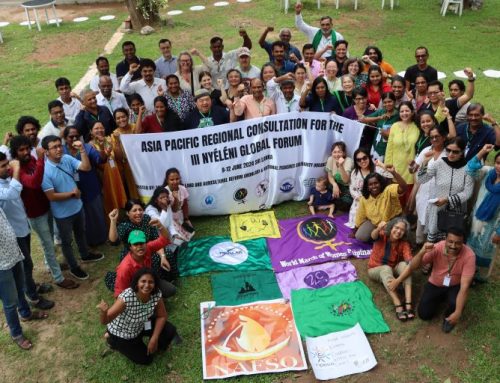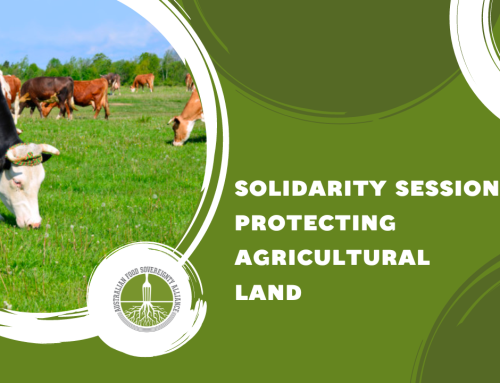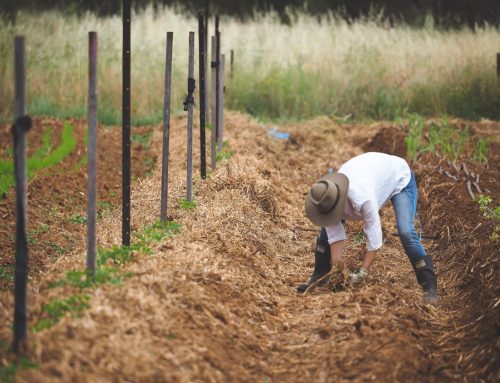 “It was the best of times, it was the worst of times.”
“It was the best of times, it was the worst of times.”
These famous opening words from Charles Dickens’ A Tale of Two Cities sums up how I am feeling after a week and a half in the Midwest of the United States: a week in Chicago and three days in Milwaukee.
I feel excited by the scale and diversity of urban agriculture activity that I have witnessed. I feel inspired by the passion and vision and energy of the many wonderful people I have met. Every day brings someone new and lovely into my life. I feel uplifted by the warmth and generosity that I have been shown as a traveller and outsider. Everyone I have met has been so keen to show and tell me what they are doing, the projects they are involved in, the change they are part of.
At the same time, I feel deeply saddened by the divisions and suffering that scar the two cities I have spent time in. It is one thing to acknowledge the reality of racial division and segregation in the abstract; it is another entirely to see how it manifests socially and geographically. During my first week here, I spent a fair amount of time in Englewood, a sprawling suburb on the south side of Chicago. I travelled there by public transport, and it was a sobering experience, as the bus went further south, to be in a minority of one amongst all the other passengers.
Urban Blight
“Urban blight” are just two words that convey an uncomfortable sensation, until you see what they really mean in the Englewood context. Block after block with many abandoned, boarded-up houses. Block after block with many houses stamped with an ominous red X, which means they are slated for demolition. Block after block with growing acres of vacant lots, places where houses once stood.
The same is true in the inner northern suburbs of Milwaukee, a city of 650,000 which is an hour and a half north of Chicago. The City of Milwaukee now has 2,500 vacant lots on its books, and 1,500 foreclosed homes. 550 are marked for demolition this calendar year, and thousands more homes, most on the inner north side, are two years or more in arrears on their property taxes. Three years in arrears triggers the foreclosure process.
Just as the built environment is in advanced decay, the social indicators are equally troubling. Unemployment amongst African American men exceeds 50%. Violent crime is rife: an hour after visiting one beautiful urban farm in north-side Milwaukee with a group of primary school children, the corner store a block away was held up at gun point and someone was shot. Obesity and dietary-related ill-health are endemic.
Urban Farms
But for all this desolation – which is writ large in Detroit, where I will be next week – there is so much hope and positivity. Such as the urban farms in Chicago which are growing hundreds of kilos of produce every month to donate directly to food pantries. Like the Victory Gardens Initiative, which brought together over 500 volunteers for a fortnight in May, to create 550 edible backyard gardens in Milwaukee – on top of the 514 created in May 2013, and the 700 created in the three preceding years. Like the City of Chicago Food Plan, and the Home Grown Initiative of the City of Milwaukee, both of which anticipate the expansion of urban agriculture both large and small across both metropolitan areas in the coming years.
Like Dr Emmanuel Pratt, of the SweetWater Foundation in Chicago, who is pioneering a community demonstration aquaponics centre and a 2-acre urban farm in Englewood.
The local governments and their communities are investing heavily in urban agriculture as a strategy for urban renewal and revitalisation. On one level it’s about growing food, but more fundamentally, it’s about re-creating the connections that sustain healthy communities and healthy people.





